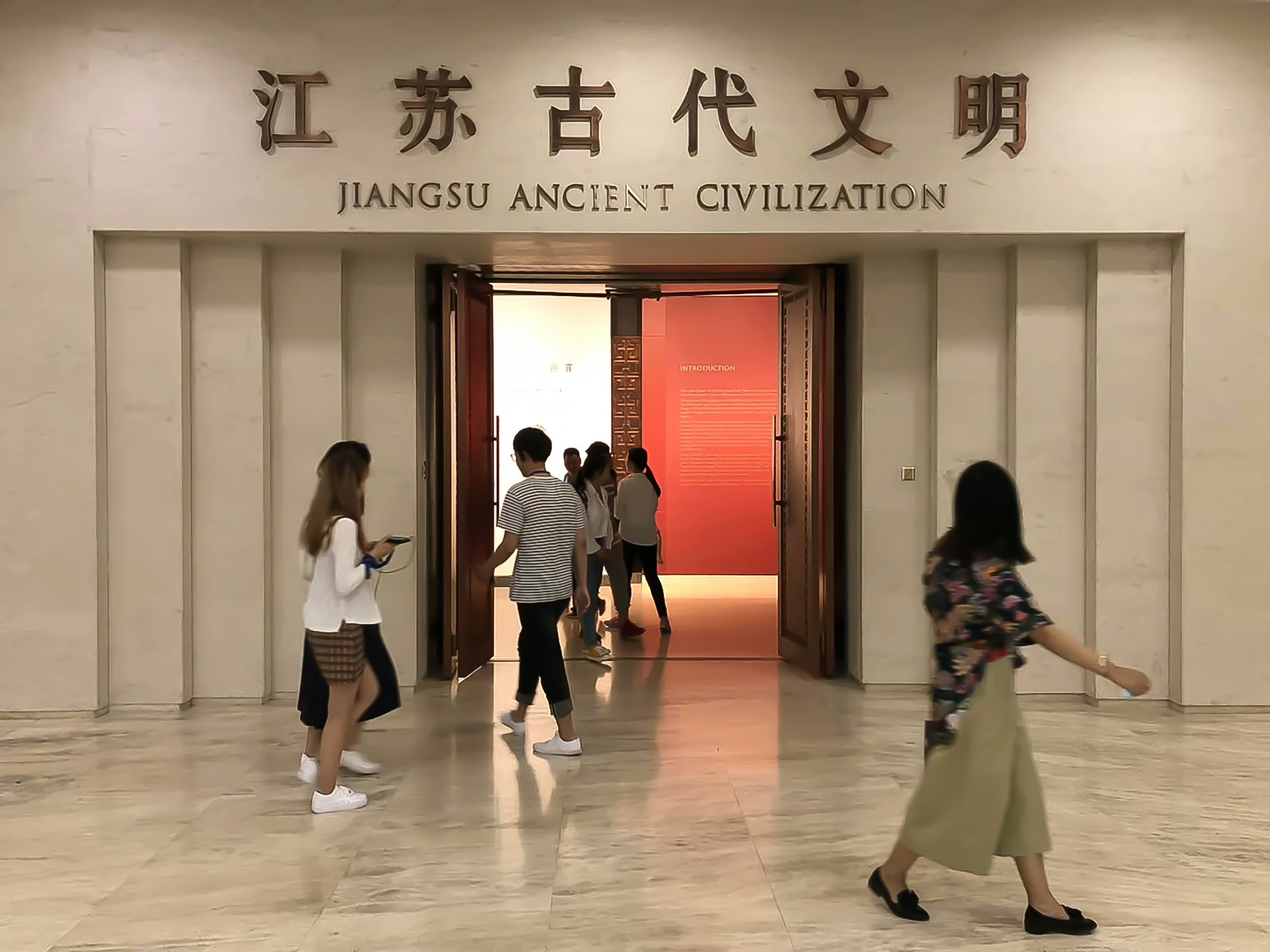The anticipated mini trade deal between India and the United States represents a significant step in enhancing economic relations between these two major economies. The agreement is designed to address specific trade issues that have emerged over the years, reflecting a more focused approach instead of a comprehensive trade pact. The primary parties involved are the Governments of India and the United States, alongside various industry stakeholders who are keenly interested in the outcomes of these negotiations.
One of the main objectives of this mini trade deal is to simplify and expedite trade processes, thereby reducing barriers that currently hinder trade between the two nations. This initiative aims to address tariffs, quotas, and regulatory challenges that have historically created friction. Moreover, it seeks to create a mutually beneficial framework that can assist in increasing the volume of trade and investment. By targeting specific sectors such as agricultural products, textiles, and technology, the deal aims to enhance India’s export capabilities while providing American businesses with greater access to the Indian market.
The potential benefits of this agreement are considerable. For India, an enhanced trade relationship with the United States could lead to increased job creation in key sectors, technological transfers, and improved agricultural practices. On the other hand, the United States stands to gain from enhanced access to one of the world’s fastest-growing markets, providing American companies with the opportunity to expand their footprint and increase revenue streams. This mini trade deal not only signifies advancing bilateral ties but also reflects a strategic alignment that could shape the economic landscape in the Indo-Pacific region.
Background of India-US Trade Relations
The trade relationship between India and the United States has evolved significantly over the decades, shaped by a variety of economic, political, and social factors. Following India’s independence in 1947, the initial phase of bilateral trade was characterized by limited interaction, primarily due to India’s focus on self-sufficiency and import substitution. However, by the 1990s, the liberalization of the Indian economy opened the door to more robust trade partnerships.
A pivotal moment in India-US trade relations occurred in 1994, when both countries recognized the potential of a cooperative trading relationship, which was further solidified by the establishment of the US-India Trade Policy Forum. This initiative led to various discussions aimed at enhancing economic cooperation. In 2005, the US and India entered a Framework for Strategic Cooperation, a milestone that resulted in increased collaboration across various sectors, including information technology, defense, and agriculture.
Trade volumes have soared since the formal recognition of these economic ties, with both nations benefiting from a diverse array of exchanges. The US is one of India’s largest trading partners, engaging in a wide range of goods and services, from pharmaceuticals to agricultural products. The agricultural sector, in particular, has seen significant developments, influenced by trade policy changes and market access negotiations aimed at enhancing food security and addressing trade imbalances. Additionally, geopolitical factors, such as regional security concerns and international collaborations, have influenced the economic landscape, often prompting discussions about tariffs, food safety standards, and intellectual property rights.
As trade negotiations continue, this historical context serves as a backdrop to the ongoing discussions regarding a comprehensive mini trade deal between India and the US. By understanding the past, stakeholders can better navigate the complexities of current negotiations, striving toward mutual economic benefits and strengthened ties. The evolution of India-US trade relations underscores the importance of continued dialogue and collaboration to overcome existing challenges and capitalize on future opportunities.
Key Focus Areas of the Mini Trade Deal
The recent India-US mini trade deal represents a significant step in enhancing bilateral relations, particularly through specific areas of focus. This agreement aims to facilitate market access, address tariffs, promote digital trade, and prioritize agricultural products. Understanding these key areas is essential for grasping the implications of this trade deal for both nations.
One of the primary objectives of the mini trade deal is to improve market access for goods and services. By lowering barriers for trade, both India and the United States aim to foster stronger economic ties. Specific provisions are expected to include the reduction of tariffs on various products, which will encourage both countries to expand their respective markets. Such measures are particularly relevant in fostering competition and promoting innovation through a more open trade environment.
Tariffs are another crucial component of the mini trade deal. Both governments recognize that by addressing tariff barriers, they can enhance the flow of goods between the two nations. The agreement aims to create a more favorable trading atmosphere, potentially resulting in significant economic growth. Furthermore, tariff negotiations can lead to a more balanced trade relationship, reducing trade deficits that may exist in certain sectors.
Digital trade also plays a vital role in this mini trade agreement. As technology continues to shape the global economy, both countries acknowledge the need for regulations that facilitate seamless digital transactions. By addressing issues related to data transfer, cybersecurity, and digital copyright, the mini trade deal seeks to create an environment that fosters innovation and cross-border cooperation in the digital marketplace.
Finally, an emphasis on agricultural products highlights the importance of this sector in the bilateral relationship. The mini trade deal aims to address specific agricultural trade barriers, providing U.S. farmers with better access to the Indian market while ensuring Indian agricultural exports can reach U.S. consumers. This focus not only enhances trade opportunities but also promises mutual benefits for both nations in the realm of food security and sustainability.
The Agricultural Understanding: What’s on the Table?
The agricultural sector forms a cornerstone of the recent mini trade deal between India and the United States, highlighting the strategic importance of agricultural trade for both nations. Central to this understanding is the consideration of various agricultural products that require reduced tariffs, thereby fostering a more efficient exchange between farmers in both countries. The discussions include staple commodities such as fruits, nuts, dairy products, and processed foods, which are experiencing heightened demand in international markets.
In particular, India’s interest in accessing the U.S. market for its agricultural goods stems from the country’s rich agricultural heritage and diverse cropping system. The potential removal of tariffs on specific items like mangoes and basmati rice symbolizes not only a cultural exchange but also a significant economic opportunity for Indian farmers. On the other hand, U.S. agricultural producers are eager to gain a foothold in the vast Indian market, particularly for products like soybeans, wheat, and pulses, which could enhance their competitive positioning on a global scale.
The implications of this agricultural understanding extend beyond mere tariff reductions. It may contribute to improved food security in both nations by creating a more reliable supply chain and encouraging sustainable agricultural practices. As both countries navigate the complexities of climate change and food scarcity, collaborative efforts in agricultural trade become vital. Farmers and producers stand to benefit enormously from this partnership, as they would gain access to new markets and more diverse consumer bases. Furthermore, these agricultural agreements are expected to yield long-term economic benefits and strengthen bilateral ties, underscoring the role of agriculture in the broader context of India-US relations.
Economic Implications of the Trade Deal
The mini trade deal between India and the United States is poised to create significant economic implications for both nations. This agreement aims to enhance trade relations, which could lead to job creation in various sectors. As tariffs are reduced and trade barriers are lowered, businesses in both countries may find new markets for their products, stimulating employment opportunities. For instance, the automotive, electronics, and agricultural sectors in India stand to benefit from increased exports to the U.S. market.
Furthermore, the deal is expected to facilitate market expansion, encouraging U.S. companies to invest in Indian industries. This enhanced foreign direct investment (FDI) can lead to modernization of manufacturing processes and infrastructure development within India. According to economic analyses, such investments often correlate with increased GDP growth rates, benefiting both the Indian economy and the U.S. economy by providing consumers with a wider range of goods and services.
However, the implementation of this trade deal does not come without challenges and risks. The expectations of job creation may not be uniformly distributed across sectors, leading to regional disparities. For instance, while certain industries may flourish, others might struggle to compete with increased imports, potentially resulting in job losses locally. Moreover, fluctuations in global markets and supply chain disruptions could pose risks to the anticipated benefits of this agreement. Therefore, both countries must prepare for possible economic fluctuations that could arise in reaction to this new trade reality.
To maximize the advantages of this mini trade deal, it will be essential for policymakers and businesses to collaborate closely, monitoring the impacts and addressing challenges as they evolve. Through proactive measures, both India and the United States can leverage the opportunities presented by this agreement to foster sustainable economic growth.
Political and Diplomatic Context
The political and diplomatic landscape surrounding the India-US mini trade deal is marked by a confluence of domestic ambitions and international relations. Both nations approach the negotiations with unique domestic political agendas that potently influence their stance. In India, the current government has been keen to showcase its capacity to enhance trade relations as a means of boosting economic growth and generating employment. This trade deal aligns with the broader narrative of self-reliance under the ‘Atmanirbhar Bharat’ initiative, aiming to promote local industries while maximizing foreign partnerships.
Simultaneously, the United States finds itself navigating a complex political environment characterized by legislative pressures and a focus on job creation. The Biden administration recognizes that reassuring American farmers and workers that trade agreements will not undermine local job markets is vital to maintaining political support. This has further complicated the course of negotiations, as both nations seek terms that reflect their respective domestic priorities without alienating key stakeholders.
Moreover, the mini trade deal unfolds against a backdrop of shifting international alliances and escalating global trade tensions. The US’s evolving relationship with China and efforts to recalibrate its global positioning influence how it engages with India. As both countries perceive the necessity of strengthening their partnership to counter regional threats and foster economic resilience, they also confront the challenges presented by existing trade barriers and tariffs. High-stakes negotiations are required to navigate these tensions, balancing national interests while advancing a mutually beneficial framework.
Ultimately, the successful advancement of this mini trade deal relies heavily on understanding these political and diplomatic factors. The interplay between domestic agendas and broader geopolitical concerns will shape the efficacy of the negotiations and the potential long-term relationship between India and the United States.
Responses from Stakeholders
The recent India-US mini trade deal has evoked a variety of responses from stakeholders spanning government officials, industry leaders, and farmers. Each group has distinct interests and implications arising from the agreement, showcasing a multifaceted narrative surrounding this international engagement.
Government representatives have expressed optimism regarding the mini trade deal, noting it as a significant step toward strengthening bilateral ties between India and the United States. Officials have highlighted the potential for increased trade volumes and improved market access for Indian goods, particularly in sectors such as textiles and pharmaceuticals. This deal is seen as a means to enhance cooperation on critical issues, resulting in mutually beneficial trade conditions. Moreover, there is an acknowledgment that such agreements can bolster economic resilience amid global economic uncertainties.
Conversely, industry leaders exhibit a more tempered response. While some welcome the new opportunities, others underline the challenges posed by regulatory compliance and export barriers that still exist. There are concerns regarding the commitment to addressing non-tariff barriers, which may inhibit the smooth flow of goods. Industry stakeholders advocate for continuous dialogue to ensure that the terms of the mini trade deal are not only beneficial but also sustainable in the long run. Their insights underline the importance of transparency in trade regulations and the need for a robust framework to support smooth commerce between the two countries.
Farmers, particularly from agricultural sectors, have voiced mixed feelings about the implications of this deal. Some express hope that reduced tariffs on agricultural products will enable them to reach broader markets. However, many are apprehensive about the potential impact on local prices and competition from U.S. agriculture, which could affect their livelihoods. The varying perspectives across these sectors make it evident that while the mini trade deal may present opportunities, it simultaneously poses significant challenges that require careful navigation by all parties involved.
Challenges Ahead for the Trade Deal
The mini trade deal between India and the United States, while promising significant benefits, faces a range of challenges that could hinder its successful implementation. One of the primary obstacles is political resistance from stakeholders within both nations. In India, agricultural producers may express concerns regarding the concessions that could be required in pursuit of broader trade objectives. Likewise, in the U.S., farmers and labor unions might resist agreements perceived to threaten domestic industries or lead to increased imports. This political landscape requires careful navigation to ensure that both parties feel their interests are respected and protected.
Another critical challenge lies in regulatory barriers that may complicate the agreement’s execution. Each country has its own regulatory framework, which can raise complexities in terms of compliance and enforcement. For example, different standards in food safety, labeling, and quality may create hurdles for agricultural trade. Addressing these discrepancies is essential for allowing smoother transactions and enhancing mutual trust between the nations’ regulatory bodies. Establishing joint committees to harmonize standards could be an effective strategy to mitigate this issue.
Additionally, unforeseen global events can significantly impact the trade deal’s viability. Geopolitical tensions, economic downturns, or shifts in global supply chains may lead to changing priorities and delayed implementation. Such situations demand that both India and the U.S. remain adaptable, viewing the trade deal not merely as a static agreement but as a dynamic framework that can evolve in response to global circumstances.
To overcome these challenges, it is essential for negotiators and policymakers to engage in continuous dialogue, ensuring that all stakeholders are on board with the deal’s terms. Building coalitions among various interest groups and encouraging transparency can facilitate smoother discussions, ultimately promoting a more significant partnership between India and the U.S. in the long run.
Future Outlook: What’s Next for India-US Trade?
As the India-US mini trade deal sets the stage for future collaborations, it is essential to analyze the forthcoming landscape of bilateral trade relations. This agreement, which marks a critical juncture in trade negotiations, reflects both nations’ commitment to strengthening their economic ties. The potential implications of this trade deal are substantial, suggesting a pathway for expanded collaborations across various sectors, particularly in agriculture, technology, and renewable energy.
The mini trade deal has already opened avenues for dialogue on expanding comprehensive trade agreements. Analysts anticipate that ongoing discussions will pave the way for more intricate agreements that could address trade imbalances and tariffs. The emphasis on agriculture and related sectors in the deal highlights India’s essential role as a key agricultural supplier, while the U.S. stands poised to support technology transfers and investment in these areas. This could lead to increased agricultural productivity in India and enhanced market access for American agricultural products.
Furthermore, both countries must continue engaging in constructive dialogue to grasp each other’s concerns related to trade practices, regulations, and tariffs. Ensuring mutuality in trade relations will create a more predictable environment for stakeholders. This involves not only governments but also businesses who play a pivotal role in trade flows. The mini trade deal could serve as a model for future negotiations, emphasizing the need for adaptability and responsiveness to market changes.
Overall, the future of India-US trade relations appears promising. While challenges may arise, the mini trade deal lays a foundation for fruitful partnerships. If both nations continue to prioritize cooperation, they can look forward to a strengthened economic alliance that benefits industries and consumers alike. Through commitment to collaboration and dialogue, India and the U.S. can foster sustainable and mutually beneficial trade relations moving forward.

















+ There are no comments
Add yours